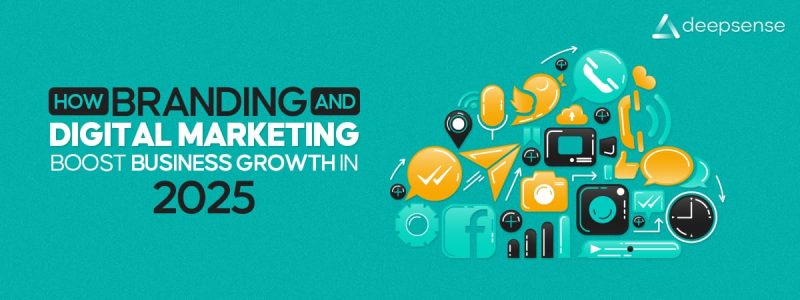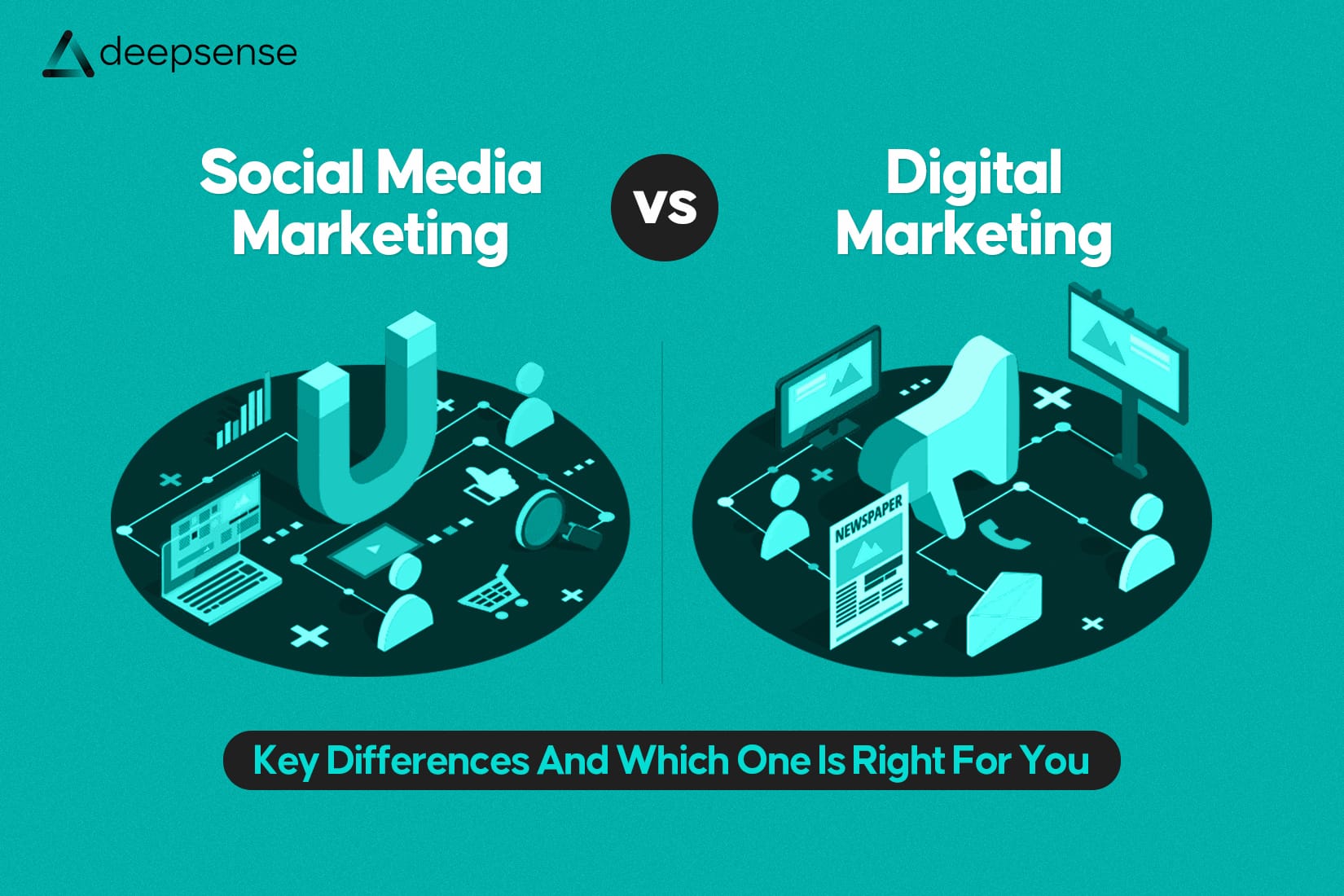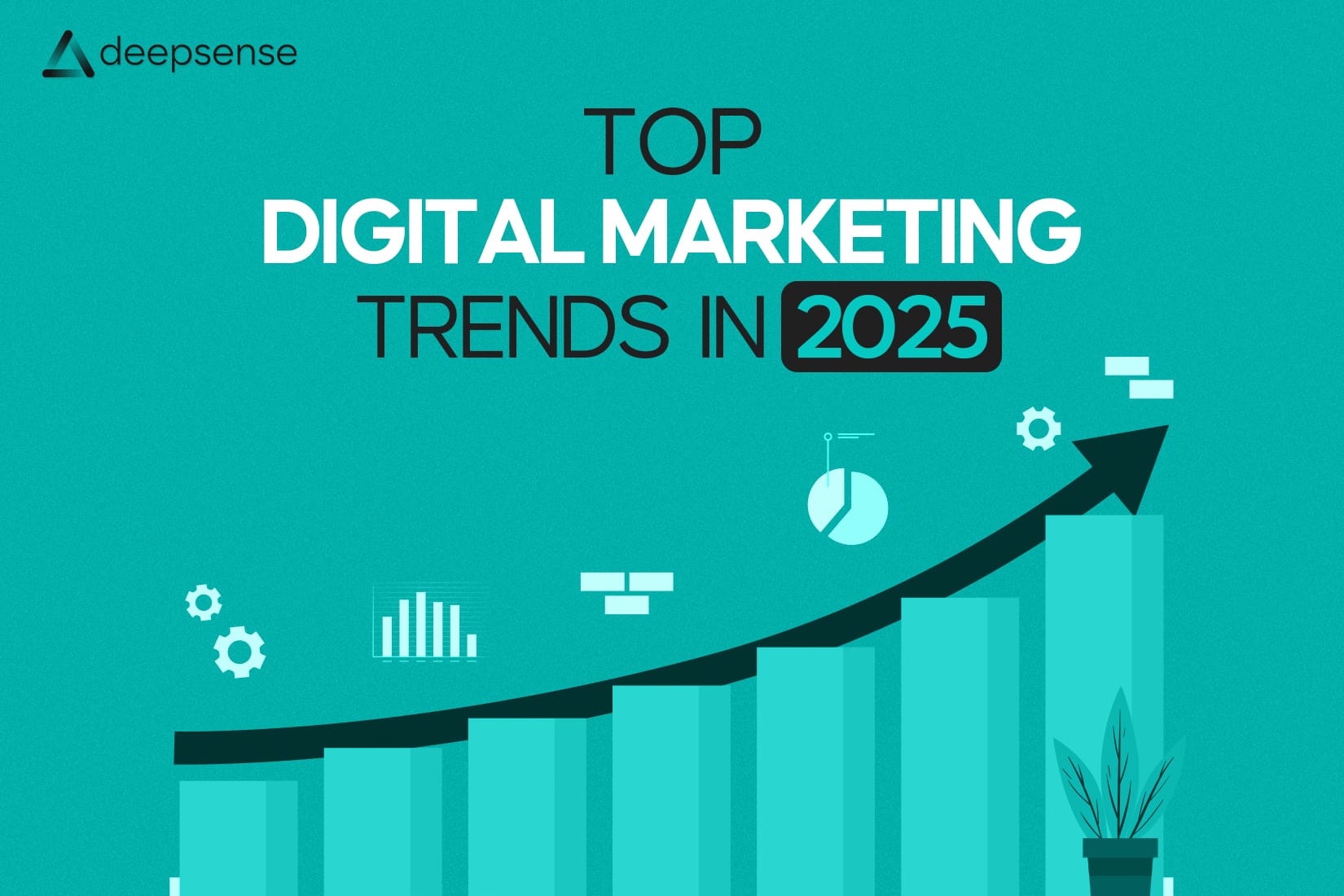Introduction: The Changing Face of Shopping Malls
There was a time when malls only needed location, luxury, and logos to draw in crowds. But today, it’s digital experiences that drive physical footfall.
In an era of online shopping, smart consumers, and Instagram reels, malls must evolve from being just shopping destinations to lifestyle experiences, both online and offline. That’s where digital marketing becomes a game-changer.
Whether you’re managing a premium retail destination, a high-street-style mall, or a tier-2 city shopping complex, these 10 digital marketing strategies will help you attract shoppers, keep them engaged, and make your mall the go-to weekend spot.
1. Build a Stunning, Mobile-Optimized Website
Your website should be more than a store directory. Think of it as your mall’s digital concierge.
Must-haves:
- Store directory with search and filters
- Real-time event calendar
- Parking info and directions
- Mall map and floor plans
- Promotions/offers from stores
- Food court and entertainment listings
- Virtual mall walkthrough or 360° view
Pro Tip: Over 70% of users access mall websites via mobile, make sure it loads fast and looks great on phones.
2. Leverage Social Media to Showcase Lifestyle, Not Just Shops
Malls are no longer just for shopping, they’re hubs for food, fashion, events, movies, and hangouts. Social media helps you showcase that lifestyle.
What to post:
- Behind-the-scenes from new store launches
- Food reels from restaurants or cafes
- Reels featuring outfit or product picks
- Event promos and live coverage
- Influencer takeovers & giveaways
- Trending challenges and UGC (user-generated content)
Stat: Instagram Reels receive 22% more engagement than other video types.
Tip: Create “What’s new this week at the mall” videos to build habit and excitement.
3. Run Targeted Google & Meta Ads
Want to promote a sale weekend? A live concert in the atrium? Or a new anchor store?
Use Paid Ads for:
- Local targeting within 5–10 km radius
- Event-specific promotions
- Seasonal offers (Diwali, Christmas, Summer Sales)
- Cinemas, kids zones, or pop-ups
- Lead gen for VIP shopper clubs
Example: A mall in Bengaluru saw a 5x rise in footfall during a 3-day sale weekend after running hyper-local Instagram ads with a geo-fence around 15 km.
4. Create a Loyalty App or Digital Rewards Program
Incentivize repeat visits by rewarding shoppers digitally.
Features your app can offer:
- Points for every store visit or purchase
- Tier-based rewards (silver, gold, platinum)
- Free parking or movie tickets
- Early access to sale previews
- QR-code-based in-mall check-ins
Stat: 83% of shoppers are more likely to visit a mall again if there’s a loyalty system with real benefits.
5. Use Local SEO to Appear in “Near Me” Searches
Shoppers often search things like:
“Best mall near me”
“Kids play zone mall in Chennai”
“Top food courts in Coimbatore”
Make sure your mall shows up.
Do this by:
- Optimizing your Google Business Profile
- Using location-rich keywords in your website content
- Getting listed on TripAdvisor, Justdial, Zomato, etc.
- Encouraging Google reviews
- Adding high-quality photos of the mall’s interiors
Bonus: Businesses with strong local SEO see 2x higher walk-in rates.
6. Embrace Video Marketing
Video is the most engaging digital format, and shopping malls have an abundance of content opportunities.
Ideas:
- “One-day at the mall” vlogs
- Influencer walkthroughs
- Drone videos of the mall exterior
- Food tasting reels
- Event recaps and teaser trailers
Post them across Instagram, Facebook, YouTube Shorts, and even OTT pre-roll ads.
Tip: Use trending music and dynamic cuts to keep videos engaging. Feature real people, not just product shots.
7. Create Family & Experience-Focused Campaigns
Malls are still the preferred destination for weekend family outings. Position yourself as more than just shopping.
Campaign ideas:
- “Mom & Me” fashion shows
- Pet adoption drives
- Kids carnival and puppet shows
- “Dad’s Day Out” during Father’s Day
- College Fest selfie zones
Market these on social media and through emailers and WhatsApp broadcasts.
8. Collaborate with Influencers & Local Creators
Bring in regional or city-based influencers to increase buzz and relatability.
Influencer collab ideas:
- “Shop with Me” videos
- Food blogger reviews of mall restaurants
- Couple influencers on a “Date Day at the Mall”
- Stylists creating looks from 5 different brands under ₹5,000
- Reels with trending dance audio in the atrium
Example: A tier-2 mall in Kerala doubled foot traffic over a weekend by collaborating with 3 popular local creators on a “Mall Treasure Hunt” Instagram reel series.
9. Build an Email & WhatsApp List
Your regular shoppers are your best asset. Stay in touch with them directly, no algorithm needed.
Share:
- Weekend event schedules
- Flash sales
- Parking offers
- Birthday discounts
- New movie releases and food offers
Tool: Use platforms like Mailchimp, Zoho Campaigns, or WhatsApp Business API for easy automation.
10. Track, Analyze & Optimize Everything
Digital marketing for malls is only effective when you know what’s driving visits and sales.
What to track:
- Website visits + bounce rates
- Campaign ROI (cost per walk-in or click)
- Social media engagement
- Event sign-ups or participation
- Store-level footfall reports (via QR codes, POS, or app check-ins)
- Ad impressions and conversions
Use tools like Meta Ads Manager, Google Analytics, and loyalty app data to measure and improve results.
Conclusion: Make Your Mall a Digital Destination First
Today’s successful malls are more than just shopping centers, they are experience hubs, digital brands, and lifestyle destinations.
By embracing digital marketing with intent, creativity, and consistency, your mall can:
- Reach younger, mobile-first audiences
- Bring back loyal foot traffic
- Keep your retailers happy and profitable
- Stay ahead of the curve in a hybrid physical + digital world
Because at the end of the day, shoppers might come for the sale, but they stay for the story. Make sure your digital channels are telling a great one.
FAQs
1. What are the top 7 types of digital marketing strategies?
The top 7 types of digital marketing strategies are:
- Search Engine Optimization (SEO) – Enhancing visibility on search engines organically.
- Pay-Per-Click Advertising (PPC) – Running paid ads (e.g., Google Ads) for immediate traffic.
- Content Marketing – Creating and distributing valuable content like blogs, videos, and guides.
- Social Media Marketing – Promoting your brand through platforms like Instagram, Facebook, and LinkedIn.
- Email Marketing – Sending personalized and targeted messages to nurture leads or customers.
- Affiliate Marketing – Partnering with affiliates who promote your product for a commission.
- Influencer Marketing – Collaborating with digital creators to reach niche audiences.
2. How to market a shopping mall?
To market a shopping mall effectively, combine online visibility with offline experience:
- Build a mobile-friendly website with store info, events, and offers.
- Use local SEO to show up in “malls near me” searches.
- Promote store offers, events, and lifestyle reels on social media.
- Run geo-targeted ads on Google and Instagram during weekends or sales.
- Organize seasonal events (like fashion shows, kids’ carnivals) and promote them online.
- Partner with influencers and food bloggers for authentic content.
- Launch a mall loyalty app with rewards, cashback, or exclusive previews.
3. What is Gucci’s digital marketing strategy?
Gucci’s digital marketing strategy blends luxury branding with Gen Z appeal:
- Strong presence on Instagram, TikTok, and YouTube with high-fashion storytelling.
- Influencer collaborations with pop culture icons and celebrities.
- Creative use of augmented reality (AR) for virtual try-ons and immersive experiences.
- Exclusive drops and digital campaigns around product launches.
- Use of Gucci Vault & NFTs, showing a bold step into Web3 and metaverse marketing.
- Engaging younger audiences without compromising luxury heritage.
4. What are the 7 P’s of digital marketing?
The 7 P’s of digital marketing (adapted from the traditional marketing mix) are:
- Product – The goods or services being promoted.
- Price – Your pricing strategy and perceived value.
- Place – Where and how the product is distributed (online/offline).
- Promotion – Advertising, social media, content, etc.
- People – Employees, influencers, and customers who influence the brand.
- Process – User journey, checkout process, customer service.
- Physical Evidence – Branding elements, packaging, website UI/UX, customer testimonials.
5. What are the 5 P’s of digital marketing?
The 5 P’s of digital marketing are a simplified version of the extended model:
- Product
- Price
- Place
- Promotion
- People
These focus on core marketing aspects essential for creating and maintaining customer relationships online.
6. What are the 7 C’s of digital marketing?
The 7 C’s of digital marketing offer a customer-centric model:
- Customer – Focus on understanding the target audience.
- Content – Valuable, relevant, and consistent information.
- Context – Delivering the right message at the right time.
- Community – Building engagement and loyalty through interaction.
- Convenience – Easy-to-use platforms and smooth UX.
- Customization – Personalizing the experience for users.
- Communication – Two-way dialogue with audiences (e.g., social comments, emails).
7. What are the 4 P’s of digital marketing?
The classic 4 P’s of marketing apply to digital marketing too:
- Product – What you’re offering online (physical/digital/service).
- Price – Competitive pricing and online discounts.
- Place – Digital channels like websites, apps, marketplaces.
- Promotion – Email, social media, ads, content to promote the product.
8. What are the 5 pillars of digital marketing?
The 5 pillars of digital marketing represent the foundational areas to focus on:
- Attract – Using SEO, content, and ads to reach potential customers.
- Engage – Capturing attention through social media, blogs, and email.
- Convert – Turning interest into leads or sales through CTAs and funnels.
- Retain – Using retargeting, loyalty programs, and CRM for repeat business.
- Analyze – Tracking performance via analytics to optimize campaigns.











